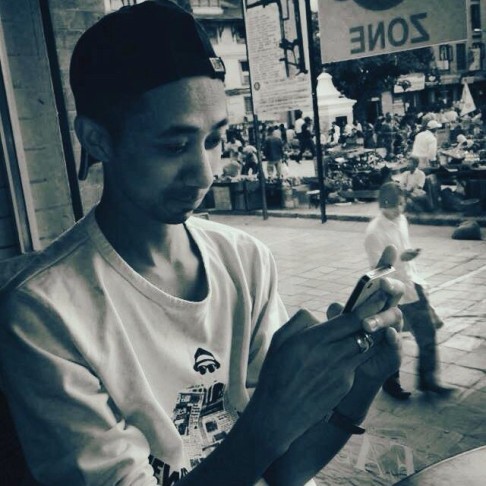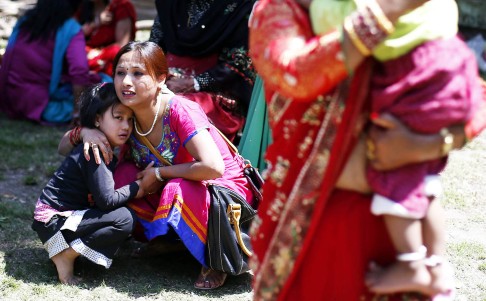
‘I ran for my life through the streets of Kathmandu as another earthquake rocked the city’
Kathmandu-based journalist Bibek Bhandari gives a startling account of the panic in the Nepalese capital after another quake struck on Tuesday
Almost three weeks after the April 25 earthquake, despite more than 160 aftershocks, Nepal’s capital Kathmandu was slowly recovering from the tremors. Most residents had started to shift to their houses from the temporary tents and the chaotic city, otherwise deserted, was slowly gaining momentum.

Earlier, I had bumped into a friend at Café Mitra, a secluded restaurant in the tourist hub of Thamel. Over lunch we discussed her experience of the earthquake and talked about how young Nepalis have been helping communities in need.
We were interrupted by an initial thud, which we dismissed as an aftershock – in some strange way, we had become accustomed to these.
But seconds later the one-storey building began shaking severely. As we held to the staircase from the open rooftop, I saw the building in front swaying left and right and then crack. Below, some tourists dining at the restaurant rushed out – a half-finished meal and two glasses of beer left on the table.
All I could hear were screams and people directing each other to an open space. At that moment, I felt as if all my sensory organs had given up. Despite prior experience of the great quake and the disaster preparedness, I felt helpless, scared and at nature’s mercy. All I could think about was navigating an exit strategy from the concrete cluster.
Thamel is congested with tall buildings and narrow streets often clogged by cars. As I made my way out of this backpacker’s district, people were already rushing into open space – most of them gathered in an intersection oblivious to the fact it is surrounded by towering buildings on all sides.
“Just run,” yelled one man, directing everyone to head toward Himalayan Java, a popular tourist joint.
Hordes of tourists and locals stood bemused, trying to get a sense of what had happened, trying to make desperate calls to family members alongside an electric pole downed by the last quake. The main road leading to Durbar Marg, a cluster of shops and restaurants, was congested, filled with blaring horns.
Amid the chaos, the traffic conductor looked calm, efficiently doing his duty.

Just like two weeks ago, when I passed this section of the city an hour after the quake, people had already gathered in whatever open space they could find. In the Narayan Chaur neighbourhood, people huddled at a park, in front of the remains of a school.A few metres away, as I rushed home, there was an aftershock. I looked at the building and then the utility poles – the wires were shaking.
One man stopped on his bicycle to ask me: “Was that another one?”
Scared and still shaking, I just nodded. After almost after 30 minutes, I managed to check my Twitter feed. This quake was 7.4-magnitude – dealing powerful blow to already damaged homes and hearts.
Bibek Bhandari is a regular contributor to the South China Morning Post from Nepal

